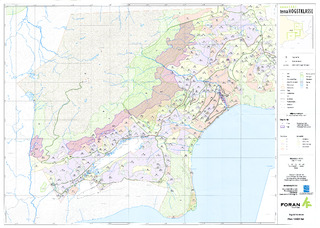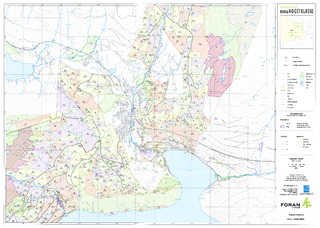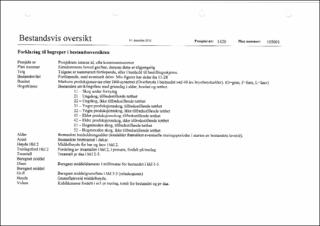| dc.description.abstract | The way forests are managed, particularly through forestry, greatly impacts the abundance of functionally important species, which in turn affects ecosystem biodiversity. One such functionally important species commonly found in boreal forests is the European bilberry, Vaccinium myrtillus. Consequently, research into the performance of this plant can broaden our understanding of how human activities impact ecosystem functioning.
To investigate how bilberry is influenced by different types of forest environments, data was collected about light intensity, as well as cover percentage, size, and berry count of bilberry in semi-natural, managed monoculture pine and spruce forest stands in Kaupanger, Western Norway. We conducted quadrat samplings measuring 0.5 x 0.5 m over 5 plots at randomized locations within a total of 31 sites. 10 spruce and 10 pine sites were paired, controlling for age, productivity, maturity class and elevation, to investigate the effect of the dominant tree species on bilberry. 11 extra pine sites were chosen with a focus on variance of stand age in the samples to explore the relationship between bilberry and forest age.
Pine forests displayed significantly higher bilberry cover, larger size, and more berries than spruce, and this negative effect of spruce on bilberry performance was particularly high in our study area compared to previous research. Bilberry cover and size displayed a significant negative relationship with forest age, while berry count showed a non-significant tendency for a negative relationship. The differing levels of light availability between the dominant tree species, and between young and old forests are likely the primary driver of the observed differences. Available studies on the relationship between forest age and bilberry performance reveal conflicting results between more mixed stands, which typically display a positive relationship, and monocultures which show negative relationships similar to us. Overall, our findings indicate that in monocultures, younger forests, particularly those dominated by pine rather than spruce, are better for bilberry performance and consequently supports greater biodiversity in Kaupanger, Western Norway. Since younger forests are not ideal for forestry in a commercial context, encouraging more mixed stands or intensified thinning in older monocultures may represent a balanced solution for forest management in general. | en_US |




